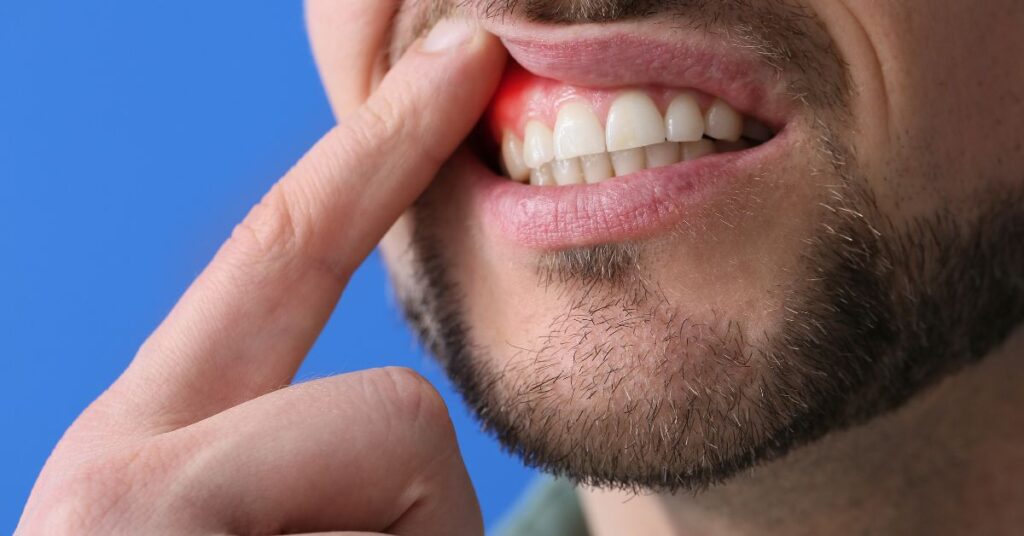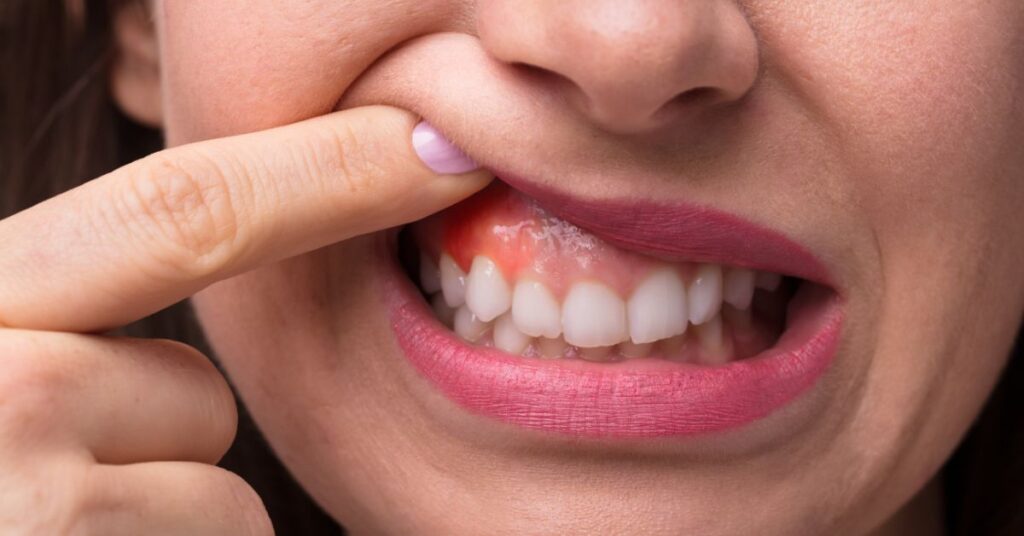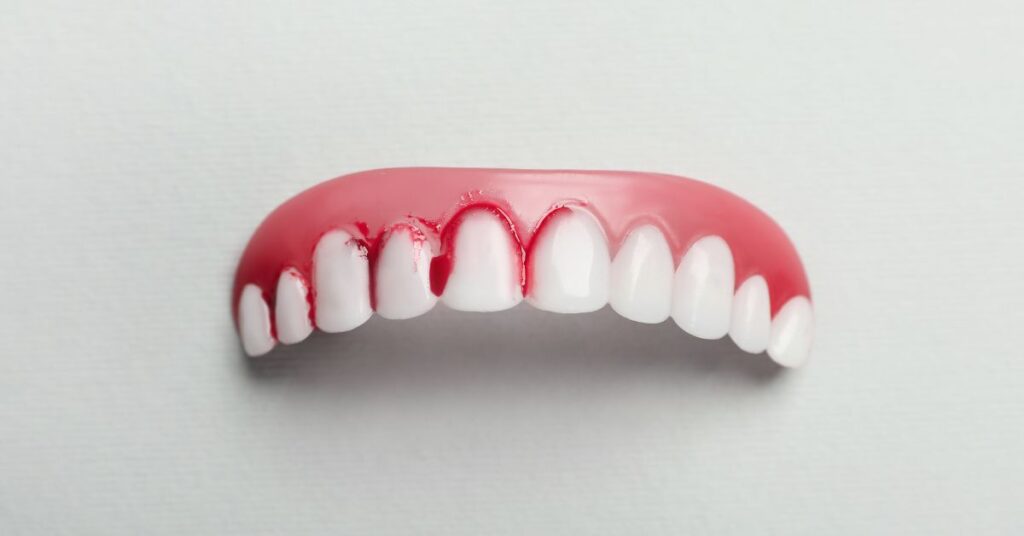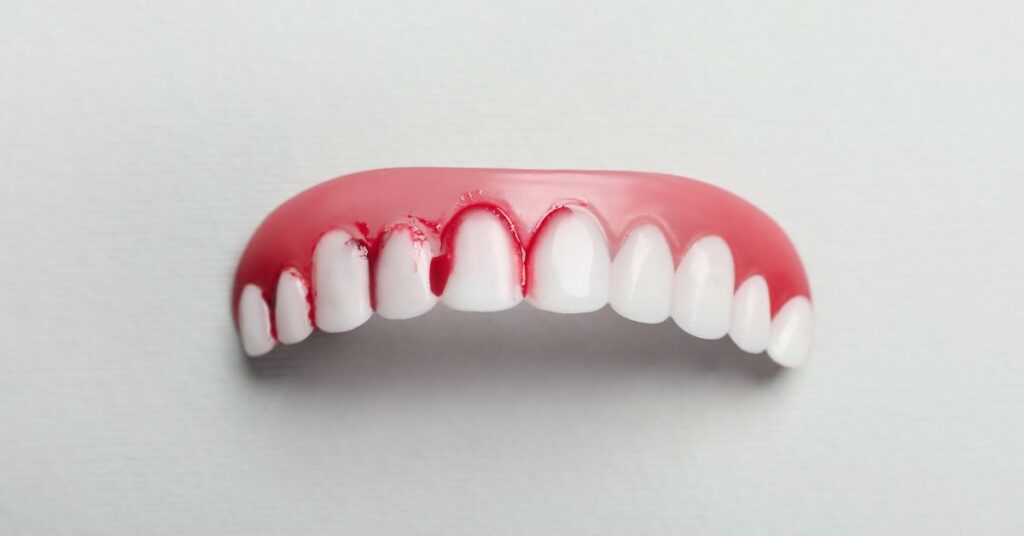
Introduction
Understanding the Significance of Oral Health
Good oral health is the cornerstone of overall well-being. Neglecting our teeth and gums can have far-reaching consequences beyond the confines of our mouths.
Impact on Overall Well-being
Oral health goes beyond a bright smile; it directly impacts our general health. Research consistently shows a link between oral hygiene and systemic health. Let’s explore how a healthy mouth contributes to a healthier you.
Role in Preventing Systemic Diseases
Beyond cavities and gum issues, maintaining oral health can help prevent systemic diseases. We’ll discuss the intricate connection between oral hygiene and diseases such as diabetes, cardiovascular issues, and respiratory conditions.
Gum disease, a silent menace, affects millions globally. Understanding its definition, types, prevalence, and the importance of early detection is crucial for preserving not just our smiles but our overall health.
Definition and Types
Gum disease, formally known as periodontal disease, encompasses various stages, from mild gingivitis to advanced periodontitis. We’ll explore each stage in detail, shedding light on the warning signs and severity.
Prevalence and Global Impact
The prevalence of gum disease is staggering, impacting people worldwide. We’ll delve into the global scope of this issue, emphasizing the need for awareness and preventive measures.
Importance of Early Detection
Early detection can be a game-changer in managing gum disease. We’ll discuss why recognizing symptoms and seeking timely intervention can save not just smiles but also overall health.
The Anatomy of Gum Disease

Understanding the progression of gum disease is crucial for effective prevention and treatment. We’ll dissect the stages, starting with the initial warning signs of gingivitis, progressing to the deeper concern of periodontitis, and reaching the critical stage of advanced periodontitis.
Gingivitis: The Initial Warning
Gingivitis, the earliest stage of gum disease, often manifests subtly. We’ll explore the signs that signify the onset of gingivitis and why addressing it promptly is essential.
Periodontitis: A Deeper Concern
As gum disease advances, it becomes more than a dental issue—it becomes a threat to systemic health. We’ll discuss how periodontitis develops and its implications on oral and overall health.
Advanced Periodontitis: The Critical Stage
At the critical stage of advanced periodontitis, the damage is severe. We’ll outline the consequences and the urgency of seeking professional intervention to prevent further complications.
Gum disease doesn’t discriminate. Whether due to poor oral hygiene, genetic predisposition, or lifestyle factors, understanding the root causes and risk factors is pivotal for effective prevention.
Poor Oral Hygiene Practices
Neglecting oral hygiene is a common precursor to gum disease. We’ll discuss the importance of proper brushing, flossing techniques, and choosing the right oral care products.
Genetic Predisposition
Genetics play a role in our vulnerability to gum disease. We’ll explore how understanding your genetic predisposition can empower proactive preventive measures.
Lifestyle Factors (Diet, Smoking, etc.)
Lifestyle choices, from diet to smoking, significantly impact gum health. We’ll highlight the lifestyle factors that contribute to gum disease and offer practical tips for a healthier oral environment.
Detecting Gum Disease Early

Recognizing the early signs of gum disease is the first step towards effective management. We’ll detail the common symptoms, including bleeding gums, persistent bad breath, and receding gums.
Bleeding Gums
Bleeding gums are often brushed aside, but they can be an early indication of a looming issue. We’ll explain why paying attention to this symptom is crucial for early intervention.
Persistent Bad Breath
Bad breath can be more than just embarrassing; it may signal underlying dental issues. We’ll explore how persistent bad breath relates to gum health and overall oral hygiene.
Receding Gums
Receding gums, if left unchecked, can lead to serious consequences. We’ll discuss the causes of receding gums and the importance of addressing this issue promptly.
Prevention is key when it comes to gum disease. We’ll stress the significance of regular dental check-ups, including professional cleanings and routine examinations.
Professional Cleanings
Professional cleanings aren’t just about a sparkling smile; they play a pivotal role in preventing gum disease. We’ll outline why these cleanings are a cornerstone of oral health.
Routine Examinations
Regular dental examinations go beyond cavity checks. We’ll explore how routine dental visits contribute to early detection and effective management of gum disease.
The Impact of Gum Disease on Overall Health

The mouth is a window to the body’s overall health. We’ll examine the compelling evidence linking gum health to systemic diseases, including cardiovascular issues, diabetes, and respiratory conditions.
Cardiovascular Issues
The connection between gum disease and cardiovascular problems is more than coincidental. We’ll delve into the research highlighting how oral health influences heart health.
Diabetes
Gum disease and diabetes share a bidirectional relationship. We’ll discuss how managing one condition can positively impact the other and vice versa.
Respiratory Conditions
The impact of gum health extends to respiratory conditions. We’ll explore the links and how maintaining healthy gums can contribute to respiratory well-being.
Psychological Effects
Gum disease isn’t just physical; it can take a toll on mental well-being and have social implications. We’ll shed light on the psychological effects and why addressing them is integral to holistic health.
Impact on Mental Well-being
The chronic nature of gum disease can affect mental health. We’ll discuss the psychological impact and strategies for maintaining a positive mindset during treatment.
Social Implications
From self-esteem issues to social discomfort, gum disease can have significant social implications. We’ll explore how addressing oral health positively influences social well-being.
Preventive Measures and Home Care

Prevention is the foundation of good oral health. We’ll outline effective oral hygiene practices, including brushing techniques, the importance of flossing, and choosing the right oral care products.
Brushing Techniques
Proper brushing goes beyond a quick swipe. We’ll detail the techniques for effective brushing and how they contribute to gum health.
Importance of Flossing
Flossing often takes a back seat in oral care. We’ll emphasize the crucial role of flossing in preventing gum disease and maintaining optimal oral hygiene.
Choosing the Right Oral Care Products
Not all oral care products are created equal. We’ll guide you through choosing the right toothpaste, mouthwash, and other products to support gum health.
What you eat directly impacts your oral health. We’ll provide dietary recommendations, including foods that promote gum health and those to avoid for a happier, healthier smile.
Foods Promoting Gum Health
Certain foods act as allies in the fight against gum disease. We’ll highlight these foods and their specific benefits for gum health.
Foods to Avoid
Just as some foods support gum health, others can contribute to the development of gum disease. We’ll identify foods to limit or avoid for optimal oral health.
Seeking Professional Help

Importance of Regular Dental Visits
Regular dental visits are not just for emergencies; they’re a proactive step towards preventing and managing gum disease. We’ll discuss the frequency of check-ups and their role in maintaining optimal oral health.
Frequency of Check-ups
How often should you visit the dentist? We’ll provide insights into the ideal frequency for dental check-ups, considering individual risk factors and oral health status.
Role of Professional Cleanings
Professional cleanings aren’t just for aesthetics. We’ll highlight how these cleanings contribute to preventing gum disease and maintaining a healthy smile.
If gum disease has already taken hold, understanding the available treatment options is crucial. We’ll explore non-surgical interventions like scaling and root planing, as well as surgical options for advanced cases.
Scaling and Root Planing
Scaling and root planing are common procedures for managing gum disease. We’ll explain the process and how these treatments contribute to restoring gum health.
Surgical Interventions
In severe cases, surgical interventions may be necessary. We’ll outline the surgical options available for treating advanced gum disease and restoring oral health.
Overcoming Myths and Misconceptions

Common Misbeliefs about Gum Disease
Gum disease isn’t exclusive to the elderly. We’ll clarify the misconceptions surrounding age and gum health, emphasizing that preventive measures apply to all age groups.
While bleeding gums are a common symptom, their absence doesn’t guarantee a clean bill of oral health. We’ll explain why relying solely on this indicator can be misleading.
Dispelling myths is vital for informed oral care. We’ll provide accurate information, including the importance of professional diagnosis and the role of age in susceptibility to gum disease.
Dispelling Age-related Myths
Age is a factor, but not the sole determinant of gum disease. We’ll clarify the nuanced relationship between age and susceptibility to gum issues.
Importance of Professional Diagnosis
Self-diagnosis can lead to misinformation. We’ll stress the importance of consulting a dental professional for an accurate assessment of gum health.
Conclusion
In this comprehensive guide, we’ve explored the intricacies of gum disease, from its early stages to preventive measures and professional interventions. Let’s recap the key points for maintaining optimal gum health.
Empowering Readers for Better Gum Health
Armed with knowledge, readers are empowered to take charge of their oral health. We’ll conclude by motivating readers to integrate preventive measures, regular check-ups, and a proactive approach into their oral care routines.
